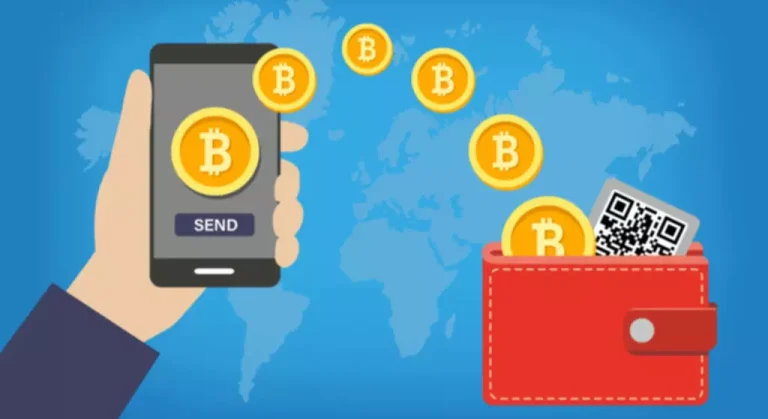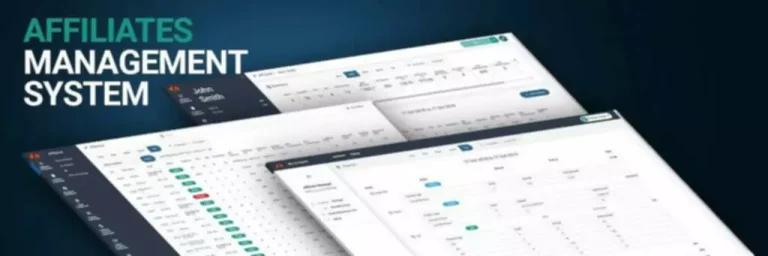He’s focused on spreading financial literacy with his work, helping more people learn how to make their money work for them. Whether NFTs are a good investment depends on factors like the types of NFTs you buy, your investment goals and your risk tolerance. While the early hype surrounding NFTs has seemingly worn off, enthusiasts say there is value in the underlying blockchain technology that serves as the backbone of the NFT market. They see utility and growth potential in the NFT market that could differentiate it from other collectible fads, such as the Beanie Baby bubble of the 1990s. Be cautious about works that appear to be created by famous artists.

NFT means non-fungible tokens (NFTs), which are generally created using the same type of programming used for cryptocurrencies. In simple terms these cryptographic assets are based on blockchain technology. A work called Nyan Cat by Chris Torres sold for $590,000 recently. It’s part of growing interest in digital assets, known as nonfungible tokens, or NFTs, that are generating millions of dollars in sales every day.
How to Buy NFTs?
So, you could even call it ‘Ether art’ if that makes sense to your listener. But sticking to ‘NFT art’ may be the safest option for now. A non fungible item, on the other hand, means it’s a more or less unique item that you cannot simply replace with another similar item. For instance, your gaming PC, built from scratch, with all its customized features and all your personal files and documents is a non fungible item.
While other NFT marketplaces only accept cryptocurrency as a payment mode. An NFT purchase is different from any other online purchase as there are only a few payment modes acceptable. Once an NFT is created, it’s completely up to the user whether he wants to sell an NFT in any particular market, trade it with someone or give it away for free.

And, unlike cryptocurrencies, they can’t be directly exchanged with one another (like baseball cards in real life) because no two are the same. NFTs extend beyond art, gaming, and music, finding applications in various real-world sectors. They can be utilized for tokenizing real estate, enabling fractional ownership and streamlined property transactions. NFTs also have potential use cases in identity verification, supply chain management, ticketing systems, and more, offering enhanced transparency, security, and efficiency.
How do NFTs work?
Anyone who’s been on the internet for some time has seen the Nyan Cat, an internet video sensation that’s one of the most viewed contents on YouTube. This incredibly addictive, silly, yet engaging video is available as an NFT art, if you can afford it. The copy you buy will solely belong to you, but the original ownership rights will remain with the maker. Now that we have a decent idea of what NFTs are and how they work let’s understand how and why they’re used to buy art and other digital assets. Of course, it’s possible that you’ll have a client seeking advice on a potentially lucrative digital art investment, too.
Some marketplaces accept payment in fiat currencies such as U.S. dollars, but in other cases, you can’t use cash or credit cards to pay directly for an NFT. Prices are often set in the cryptocurrency used by the network on which the NFTs are registered. If a creator minted your NFT on the Ethereum blockchain, for example, you’d use Ether (ETH), the native token on the Ethereum network, to pay for it. If the blockchain is Solana, you’d use Solana (SOL), the native token on the Solana network. If you don’t already own crypto, the easiest way to get it for cash is on a centralized exchange. Generally, digital assets such as cryptocurrency are considered risky investments, which should comprise only a small portion of your portfolio.
Traditional collectibles, like trading cards, have found an outlet in NFTs. Sports leagues including the NFL, MLB and NBA have all created digital collections memorializing things such as notable statistics and outstanding plays. In early March, a tech company bought a piece of art worth $95,000. At the end of the spectacle, which was shared live on the internet, the group unveiled a copy of the art, this time in digital form. The creation, by elusive British artist Banksy, was called «Morons (White).» Because the contents of NFTs are publicly accessible, anybody can easily copy a file referenced by an NFT.
The market for NFTs was worth a staggering $41 billion in 2021 alone, an amount that is approaching the total value of the entire global fine art market. Some investors are betting big on the NFT marketplace and NFT art, hoping their value will soar. Others are buying NFTs strictly for publicity, bragging rights, or just to join a new community.
The process of making an NFT is as simple as registering a record of ownership on a blockchain network. It is a somewhat technical process, but there are a number of software solutions that do the dirty work. You can post an Instagram of the Mona Lisa next time you visit Paris, or you can even buy a faithful real-world reproduction. But there’s only one version that’s commonly accepted to be the true copy, and that’s at the Louvre in Paris.
What is an NFT? What does NFT stand for?
Some argue that “Quantum” NFT by Kevin McCoy minted on the Namecoin Blockchain on 2nd May 2014 is the first rightful owner of an NFT title. A project called “CryptoKitties” by Dapper Labs on Ethereum was the implementation of NFTs widely recognized as the first of its kind. When the 2017 crypto boom happened, those digital cats were priced at 600 Eth (or USD 172k) and mainstream attention was drawn globally. Since then, ample NFT projects have come up with a huge amount of success. As sometimes happens with innovative technology, NFTs did not just come out of the blue and become popular overnight.
- Most often, an NFT contains a URL that links to the asset, which is stored on a separate computer network.
- This question unleashes a fury of debate among NFT enthusiasts.
- Owing to its increasing popularity, people are now willing to pay hundreds of thousands of dollars for NFTs.
- NFTs are usually considered the same as cryptocurrencies but aren’t as unlike crypto, NFTs cannot be exchanged for another and are not fungible.
- So, if you want to buy the next video of Steph Curry making a buzzer-beater or Lebron making a windmill dunk, you’ll have to sign up to NBA Top Shot.
From their environmental impact to how grifters are cashing in, here’s what you should know about non-fungible tokens. To safeguard themselves, buyers should research the authenticity of the NFT and the seller and buy only from reputed sellers and marketplaces. Although NFTs are created using the same kind of programming language as other cryptocurrencies, that’s where the similarity ends. Now that you’ve understood https://www.xcritical.in/ used for, and the various ways you can benefit from it, let’s take a look at how it is specifically different from other forms on cryptocurrency.
Stories of digital artwork skyrocketing in price overnight whipped NFT investors into a speculation frenzy. As tens of millions of dollars in transactions pour in for NFTs, enthusiasts say, NFTs will soon expand beyond trading art, music, video clips and memes. One startup lets people use their NFTs as collateral for loans. For most people who come across the idea of NFT art, one of the first things you consider is whether it’s worthwhile and sustainable. After all, many internet trends and sensations peak and wither off in less than a decade. Plus, blockchain technology is naturally still yet to be established as a mainstream medium of recognizing ownership, making reliable transactions, and ensuring full security the whole item.

But we have seen big brands and celebrities like Marvel and Wayne Gretzky launch their own NFTs, which seem to be aimed at more traditional collectors, rather than crypto-enthusiasts. Sales have absolutely slumped since their peak, though like with seemingly everything in crypto there’s always somebody declaring it over and done with right before a big spike. Absolutely not, but I’m sure there are plenty of folks in NFT-based communities that are sure they’re still on the gravy train. Well, they’re pretty complex, but the basic idea is that blockchains are a way to store data without having to trust any one company or entity to keep things secure and accurate. There are definitely nuances and exceptions there, which you can read about in our blockchain explainer, but when most people say “blockchain,” that’s the kind of tech they’re talking about. Perhaps like the dot-com crash of the early 2000s, many NFT startups will wither away under the market’s intense scrutiny—and the few that survive will remake the digital world.
NFTs really became technically possible when the Ethereum blockchain added support for them as part of a new standard. Of course, one of the first uses was a game called CryptoKitties that allowed users to trade and sell virtual kittens. No, but technically anything digital could be sold as an NFT (including articles from Quartz and The New York Times, provided you have anywhere from $1,800 to $560,000). William Shatner has sold Shatner-themed trading cards (one of which was apparently an X-ray of his teeth). In the boring, technical sense that every NFT is a unique token on the blockchain. Also, some NFT marketplaces have a feature where you can make sure you get paid a percentage every time your NFT is sold or changes hands.
Reportedly, the first NFT sold was «Quantum,» designed and tokenized by Kevin McKoy in 2014 on one blockchain (Namecoin), then minted and sold in 2021 on Ethereum. Cryptocurrencies are tokens as well; however, the key difference is that two cryptocurrencies from the same blockchain are interchangeable—they How to Create an NFT are fungible. Two NFTs from the same blockchain can look identical, but they are not interchangeable. Whatever you decide, you’re not alone if you’re feeling unsure about how to value digital ownership. People have argued for centuries about how to place a monetary price on art.

Leave A Comment